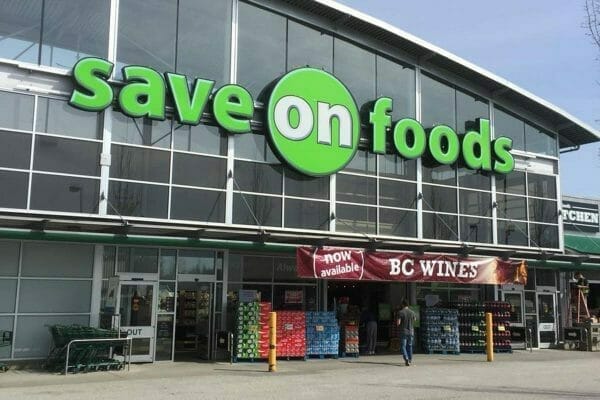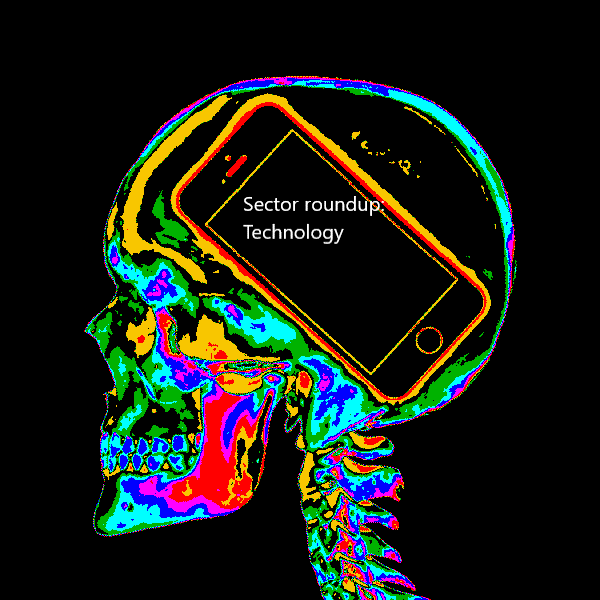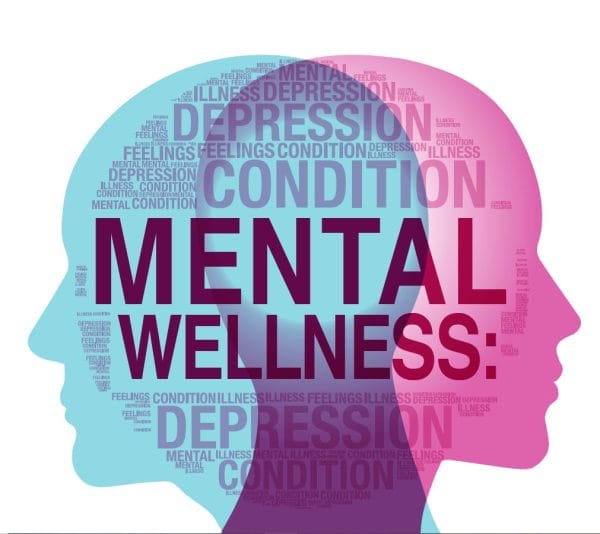Earlier this year, CloudMD Software and Services (DOC.V) announced plans to put telemedicine kiosks in nine different pharmacies across British Columbia. They would give customers real-time access to a doctor for prescriptions and non-emergency health concerns, and take pressure off of the requirement for doctor visits and other day-to-day healthcare functions.
Now they’re expanding their relationship with Save-on-Foods, which is Western Canada’s largest grocery chain, to offer their on-demand telemedicine service to its customers. In terms of distribution and availability, Save-On-Foods has over 180 stores spread out across B.C., Alberta, Saskatchewan, Manitoba and Yukon.
Save-On-Foods has launched the virtual telemedicine link on its website to provide access and more convenience care for its customers. Customers can now get access to a doctor through their in-store kiosks at pharmacies, or through their online link on any device. The link on the Save-On-Foods website will give customers access to a licensed doctor fo medical needs like prescriptions, referrals, and health-related questions, sick notes, lab referrals and review of test results. The hours will be 8 a.m. to 8 p.m., seven days a week.
“Save-On-Foods is an innovator in the space, and their dedication and commitment to their customers is very evident across all aspects of the business. We are proud to deepen our partnership with Save-On-Foods to provide customers with better access to care through an on-demand telemedicine link. Save-On-Foods has an industry-leading, intuitive e-commerce platform, and now customers will be able to see a doctor directly on the website from their home, school or workplace, for medical-related issues or prescription refills and either pick up the prescription at the pharmacy of their choice, or have it delivered directly, for free. Providing that level of service is incredibly important to both of our organizations and is invaluable to continue ensuring exceptional customer service,” said Dr. Essam Hamza, CEO of CloudMD.
One of the biggest complaints that some Canadians have about our healthcare system is the wait. It’s based on necessity for things like surgery, but getting in to see a doctor tends to be a first-come first-served situation. We have a doctor shortage up here in Canada, which can spell for some nasty backlogs, and that’s before COVID-19. During the pandemic healthcare is a disaster.
We have 57,000 hospital beds, which in comparative ranking in beds per 1,000 people puts us the lowest of all the countries in the Organization for Economic Co-operation and Development (OECD), while our occupancy rates are among the highest. Those are not good numbers even when we don’t have a pandemic going on, and the persistence of what’s being called “hallway medicine” is a major challenge for provincial health systems.
There are no doctors available. The hospitals are full and getting basic physician services like a prescription filled are going to take a back seat to dealing with the pandemic, except maybe not for the patients living in the aforementioned provinces.
Normally before COVID-19 a patient could make an appointment on Monday, and if they’re lucky enough to live in a city, get next day service. They show up for the appointment and are admitted within the hour—and then after an examination and conversation—they walk out with a prescription filled at the nearest pharmacy.
If the patient isn’t lucky enough to live in a city, the problem may be compounded by travel time and distance. Now the pandemic has produced further complications, as patients risk contracting the disease from folks hanging out in crowded waiting rooms, and then in an enclosed room with the doctor, him or herself a disease nexus due to his or her exposure rate.
The on-demand link is free for customers. It’s there to ensure that care is continuous regardless of the limited healthcare resources due to the pandemic, ensuring that grandma gets her medication even if her doctor is unavailable to sign off on her prescription renewal. Customers can get cost-effective and efficient care whether they’re in downtown Vancouver or a small town outside of Lethbridge, and puts at least some of the control over their own health back into their hands.
It’s still a bad scene, but this technology is making it better.
—Joseph Morton







